What is Windows Warning Alert Scam
Windows Warning Alert Scam is a fake virus notification that claims your computer has been infected with malware. These scams aim to trick gullible users into paying hundreds of dollars for fake tech-support, which is why they are referred to as tech-support scams. They have been around for many years, and despite increasing awareness, it’s still a problem for both Windows and Mac users. 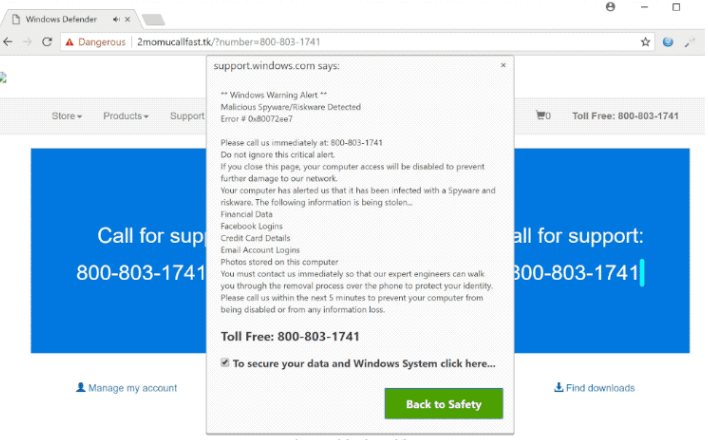
The scams usually follow a certain pattern which makes it very easy to tell that they are indeed a scam. Users are redirected to certain sites that have the appearance of legitimate Microsoft or Apple websites, where they see a pop-up claiming their computers have been infected with malware. To further intimidate users, the pop-ups also claim that personal information is also being stolen. In order to prevent serious damage, users are asked to call the provided phone number to get tech-support. Professional scammers at the other end of the line then try to scam those users out of hundreds of dollars by pretending to clean their computers. Users who pay would essentially be wasting money since there was nothing wrong with their computers in the first place.
There could be a couple of reasons why you would be getting these scam pop-ups. Either you were visiting a questionable website or you have adware installed. If it’s the latter, you will need to get rid of it to remove Windows Warning Alert Scam from your computer. You’re also likely wondering how adware installed in the first place, and it probably did via freeware. You most likely installed some free program that had adware attached as an extra offer. You will need to change your installation habits if you want to prevent such infections in the future.
What is causing the pop-ups?
As soon as you started seeing the pop-ups, you probably started wondering why they are appearing. If you were not visiting some questionable site when you were redirected, you probably have adware installed. Adware can install alongside legitimate programs if users are not paying enough attention. In what’s known as the bundling method, unwanted programs (adware, browser hijackers, etc.) are attached to freeware as extra offers which can install alongside. The offers come preselected, and to prevent them from installing, you need to deselect them. During freeware installation, opt for Advanced (Custom) settings and carefully review the list of added offers. The list will only become visible in Advanced, so opt for those settings when given the option. We recommend that you deselect all the boxes because a program aiming to install without your explicit permission is essentially screaming ‘I’m not trustworthy’. After you have unchecked the offers, you may continue installing the program.
What is the purpose of tech-support scams?
For many people, the scams are immediately obvious because they do not make sense. However, for less tech-savvy people they may appear entirely legitimate. The pop-up that appears is made with the intention of scaring users into thinking their devices are infected with malware. Apparently, because Windows detected a virus on your computer, it has blocked it in order to prevent further damage to your computer and ‘their network’. The pop-up also claims that your personal information is stolen. In order to unblock the computer and prevent serious damage, you are asked to call the provided number. The supposed tech-support technicians would try to scare you further and then request that you provide remote access to your computer so that they can ‘fix’ it. If you grant them remote access, they would take any important looking document, install useless software and then demand money. They are also free to install malware onto your device, which could later spy on you. It goes without saying that there is no need to call anyone because there is nothing wrong with your computer.
Tech-supports scams are pretty obvious, if you know what to look for. First of all, one thing you should know is that Windows does not show alerts like this. Microsoft does not keep track of all Windows computers and does not care if they are infected with malware. Thus, Windows will not inform you about malware, unless it’s via Windows Defender, which is an actual security program installed on your computer. Warnings about a malware infection in browsers will never be real because your browser is not capable of detecting an infection. Furthermore, Microsoft (or Apple or any other legitimate company) would not request you to call their tech-support via a pop-up. Microsoft will probably never request that you call them. So whenever you see a phone number is a pop-up, you can be sure that it’s a scam.
Windows Warning Alert Scam removal
If you have adware installed, you will need to get rid of it to delete Windows Warning Alert Scam pop-ups from your screen. We would recommend you use anti-spyware software to uninstall Windows Warning Alert Scam adware because the program would do everything for you. However, manual elimination is also possible. You can use the below provided instructions to help you if you are unsure about where to start.
Offers
Download Removal Toolto scan for Windows Warning Alert ScamUse our recommended removal tool to scan for Windows Warning Alert Scam. Trial version of provides detection of computer threats like Windows Warning Alert Scam and assists in its removal for FREE. You can delete detected registry entries, files and processes yourself or purchase a full version.
More information about SpyWarrior and Uninstall Instructions. Please review SpyWarrior EULA and Privacy Policy. SpyWarrior scanner is free. If it detects a malware, purchase its full version to remove it.

WiperSoft Review Details WiperSoft (www.wipersoft.com) is a security tool that provides real-time security from potential threats. Nowadays, many users tend to download free software from the Intern ...
Download|more


Is MacKeeper a virus? MacKeeper is not a virus, nor is it a scam. While there are various opinions about the program on the Internet, a lot of the people who so notoriously hate the program have neve ...
Download|more


While the creators of MalwareBytes anti-malware have not been in this business for long time, they make up for it with their enthusiastic approach. Statistic from such websites like CNET shows that th ...
Download|more
Quick Menu
Step 1. Uninstall Windows Warning Alert Scam and related programs.
Remove Windows Warning Alert Scam from Windows 8
Right-click in the lower left corner of the screen. Once Quick Access Menu shows up, select Control Panel choose Programs and Features and select to Uninstall a software.
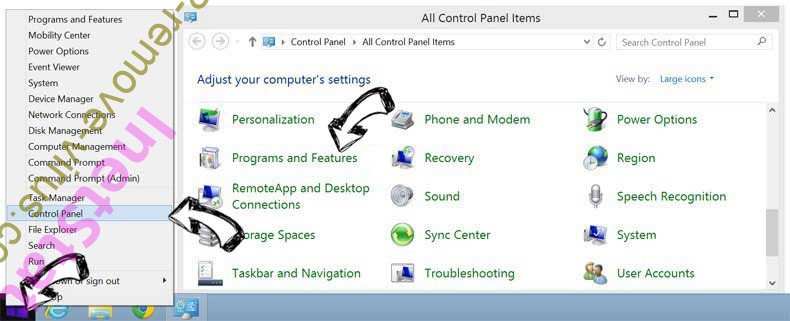

Uninstall Windows Warning Alert Scam from Windows 7
Click Start → Control Panel → Programs and Features → Uninstall a program.
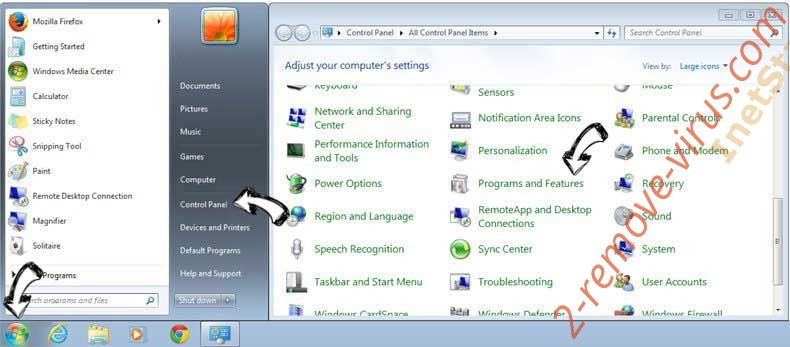

Delete Windows Warning Alert Scam from Windows XP
Click Start → Settings → Control Panel. Locate and click → Add or Remove Programs.
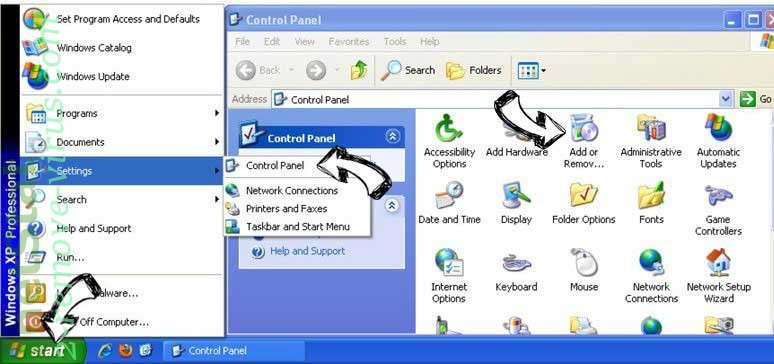

Remove Windows Warning Alert Scam from Mac OS X
Click Go button at the top left of the screen and select Applications. Select applications folder and look for Windows Warning Alert Scam or any other suspicious software. Now right click on every of such entries and select Move to Trash, then right click the Trash icon and select Empty Trash.
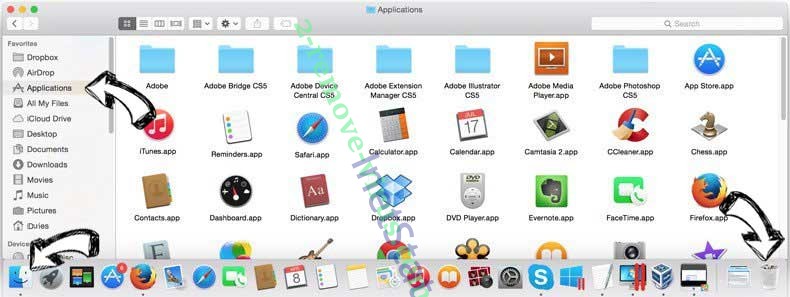

Step 2. Delete Windows Warning Alert Scam from your browsers
Terminate the unwanted extensions from Internet Explorer
- Tap the Gear icon and go to Manage Add-ons.

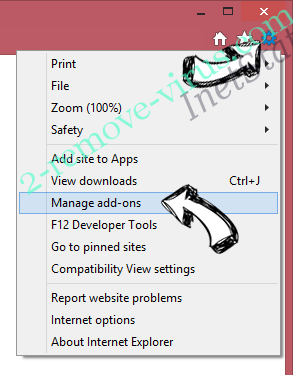
- Pick Toolbars and Extensions and eliminate all suspicious entries (other than Microsoft, Yahoo, Google, Oracle or Adobe)

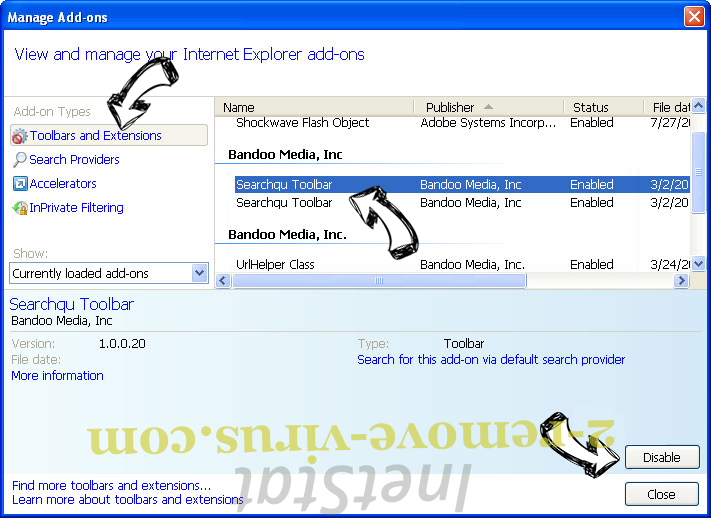
- Leave the window.
Change Internet Explorer homepage if it was changed by virus:
- Tap the gear icon (menu) on the top right corner of your browser and click Internet Options.


- In General Tab remove malicious URL and enter preferable domain name. Press Apply to save changes.

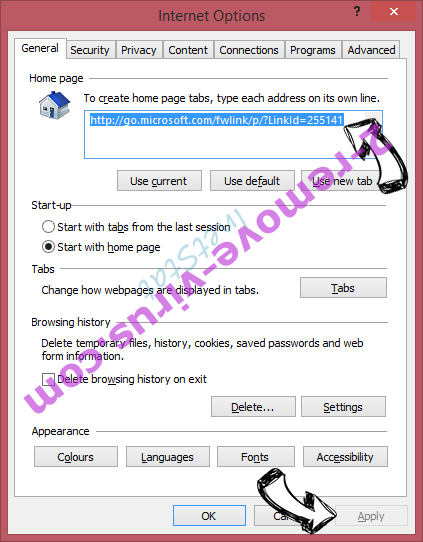
Reset your browser
- Click the Gear icon and move to Internet Options.

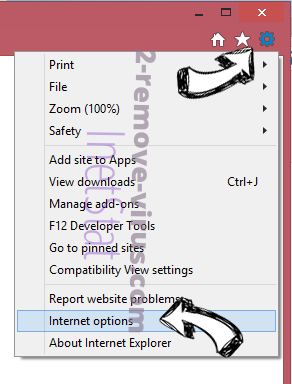
- Open the Advanced tab and press Reset.

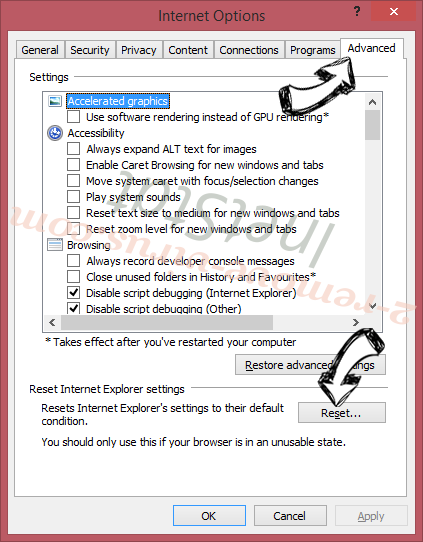
- Choose Delete personal settings and pick Reset one more time.

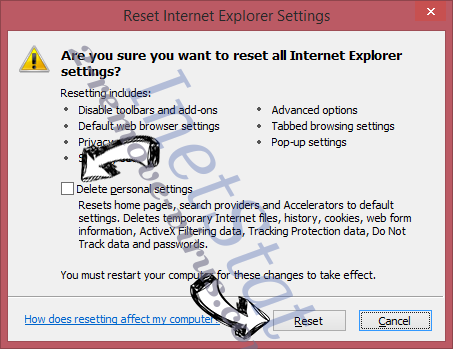
- Tap Close and leave your browser.

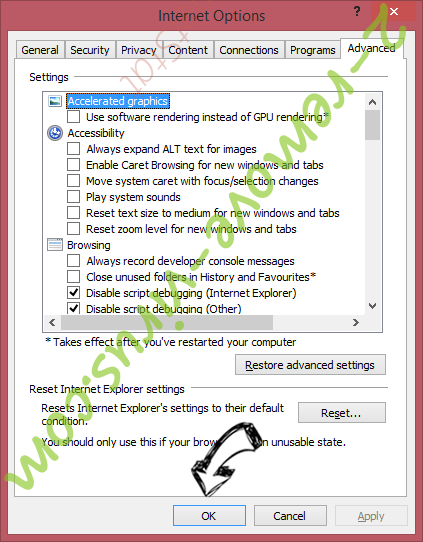
- If you were unable to reset your browsers, employ a reputable anti-malware and scan your entire computer with it.
Erase Windows Warning Alert Scam from Google Chrome
- Access menu (top right corner of the window) and pick Settings.

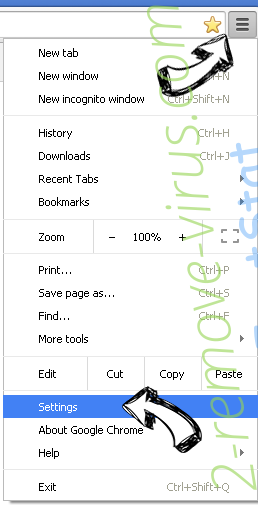
- Choose Extensions.


- Eliminate the suspicious extensions from the list by clicking the Trash bin next to them.

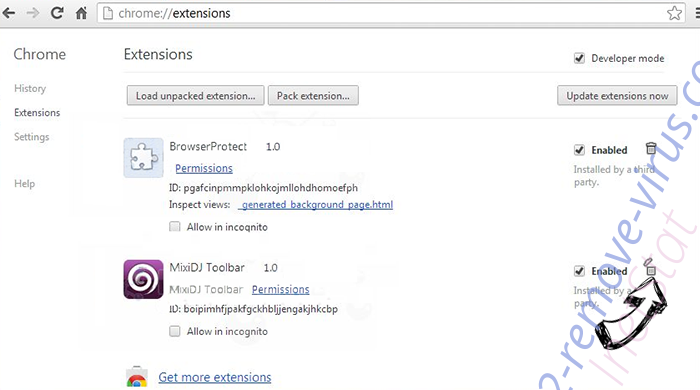
- If you are unsure which extensions to remove, you can disable them temporarily.

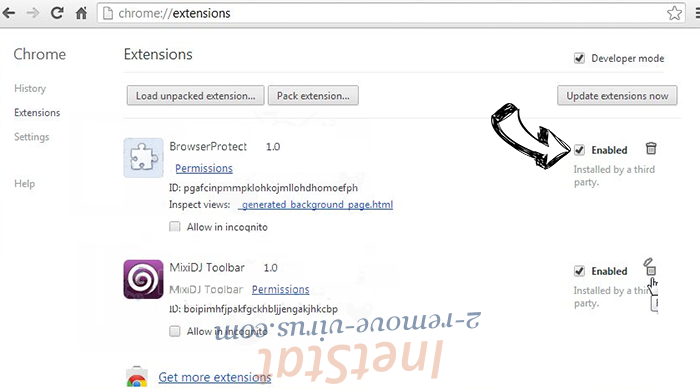
Reset Google Chrome homepage and default search engine if it was hijacker by virus
- Press on menu icon and click Settings.

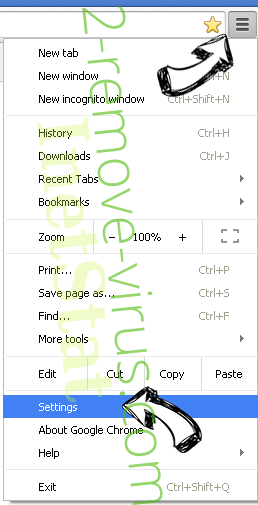
- Look for the “Open a specific page” or “Set Pages” under “On start up” option and click on Set pages.

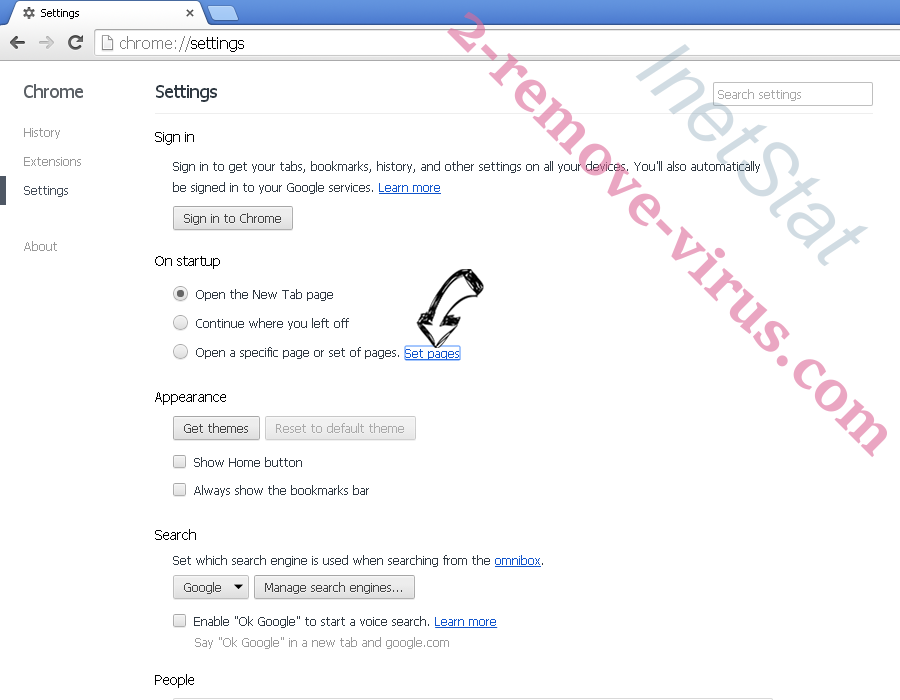
- In another window remove malicious search sites and enter the one that you want to use as your homepage.

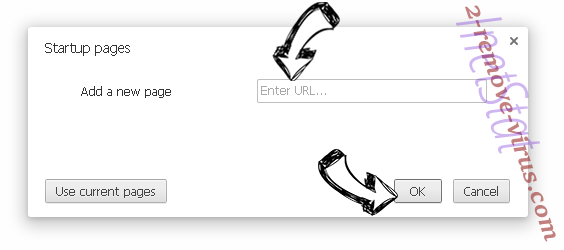
- Under the Search section choose Manage Search engines. When in Search Engines..., remove malicious search websites. You should leave only Google or your preferred search name.

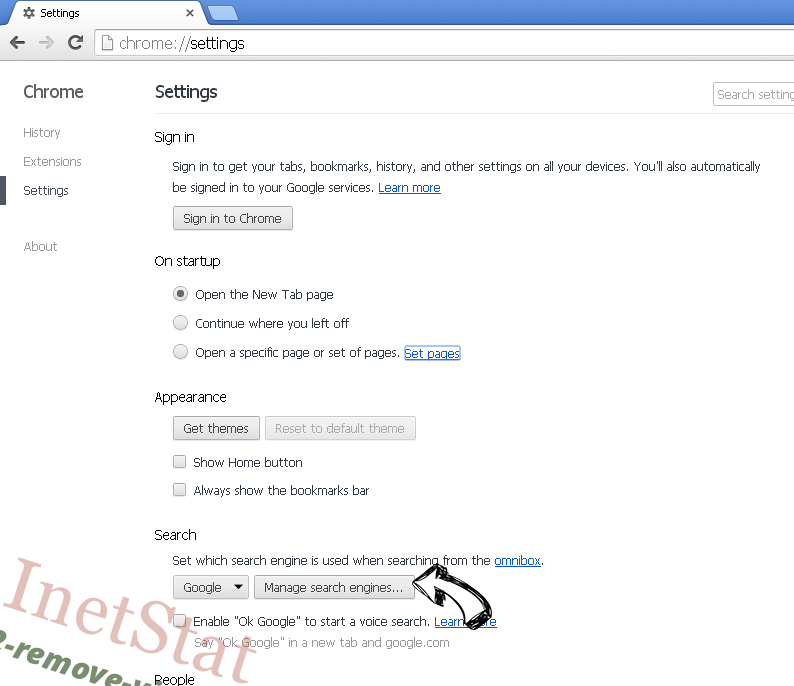

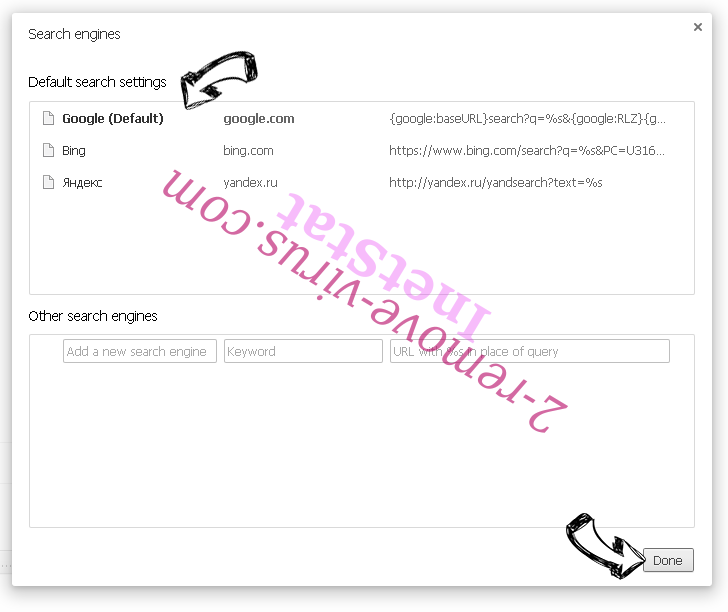
Reset your browser
- If the browser still does not work the way you prefer, you can reset its settings.
- Open menu and navigate to Settings.

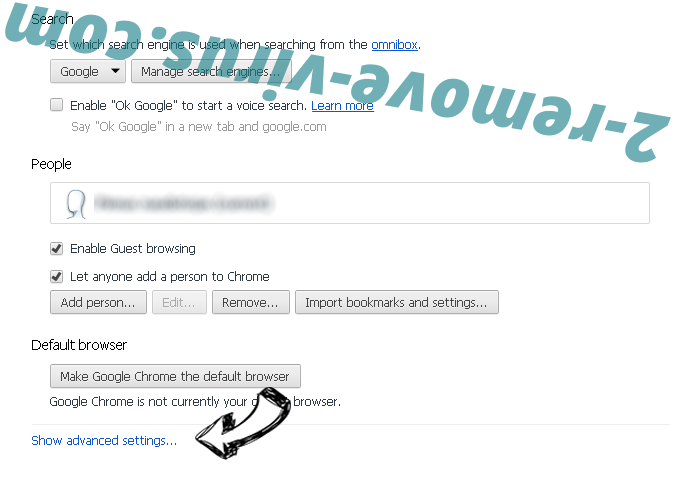
- Press Reset button at the end of the page.

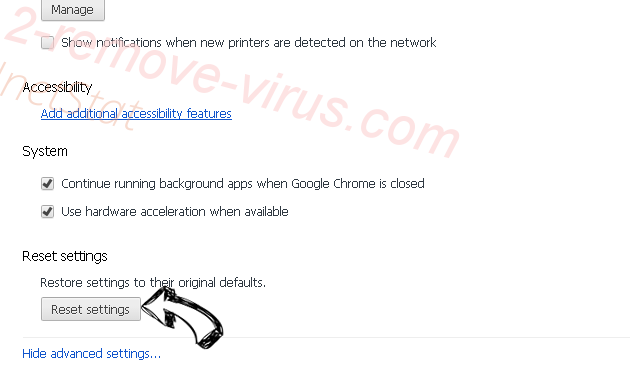
- Tap Reset button one more time in the confirmation box.

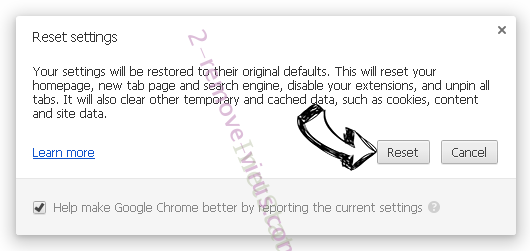
- If you cannot reset the settings, purchase a legitimate anti-malware and scan your PC.
Remove Windows Warning Alert Scam from Mozilla Firefox
- In the top right corner of the screen, press menu and choose Add-ons (or tap Ctrl+Shift+A simultaneously).

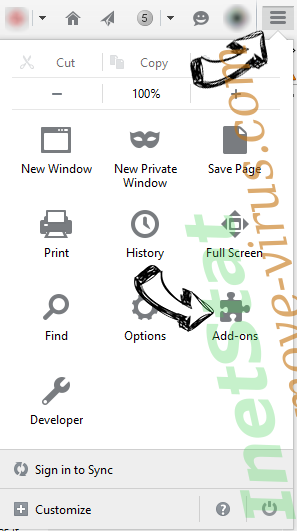
- Move to Extensions and Add-ons list and uninstall all suspicious and unknown entries.

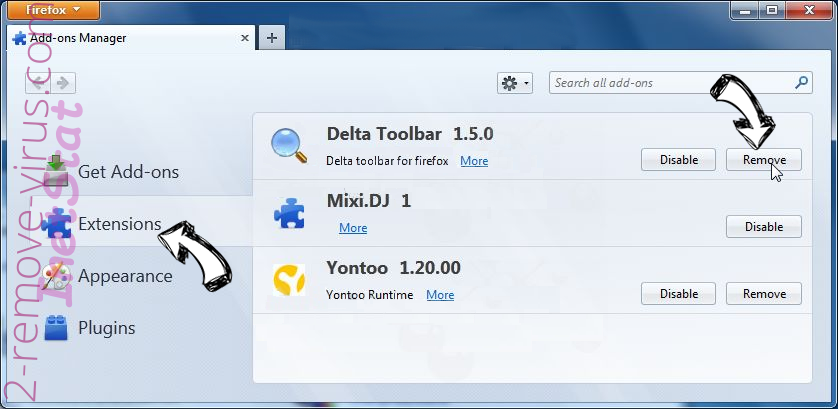
Change Mozilla Firefox homepage if it was changed by virus:
- Tap on the menu (top right corner), choose Options.

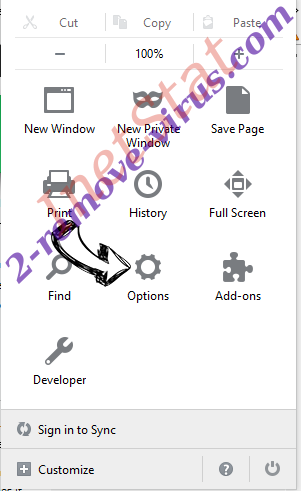
- On General tab delete malicious URL and enter preferable website or click Restore to default.

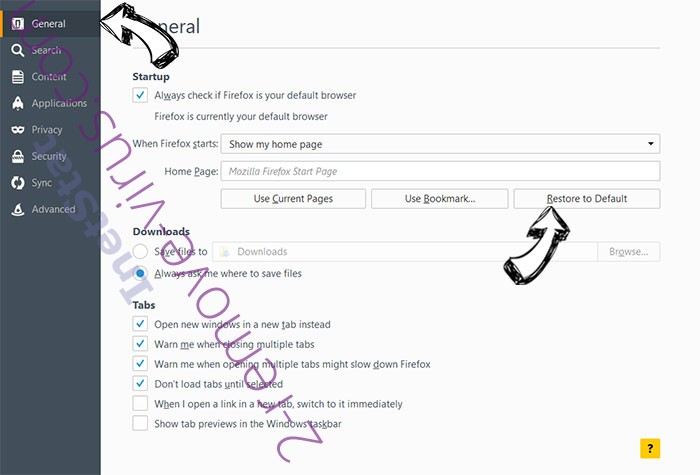
- Press OK to save these changes.
Reset your browser
- Open the menu and tap Help button.

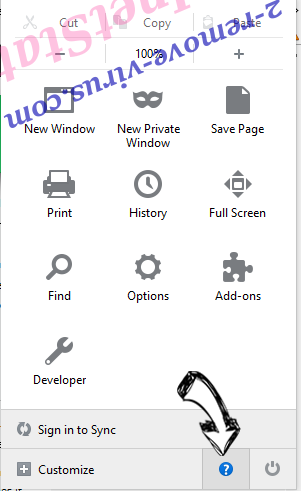
- Select Troubleshooting Information.

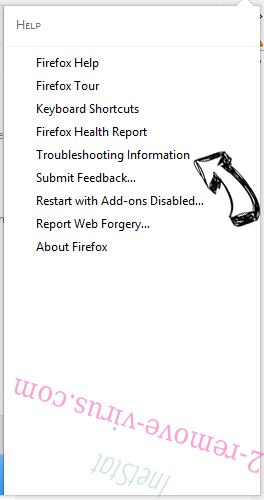
- Press Refresh Firefox.

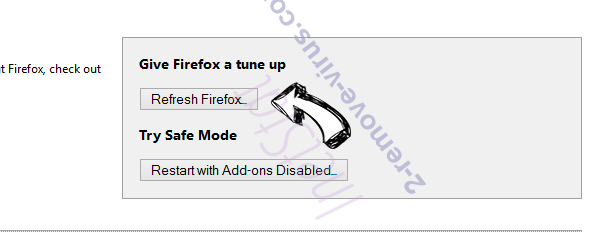
- In the confirmation box, click Refresh Firefox once more.

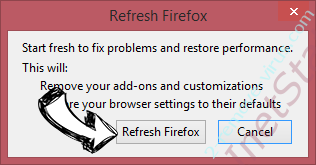
- If you are unable to reset Mozilla Firefox, scan your entire computer with a trustworthy anti-malware.
Uninstall Windows Warning Alert Scam from Safari (Mac OS X)
- Access the menu.
- Pick Preferences.

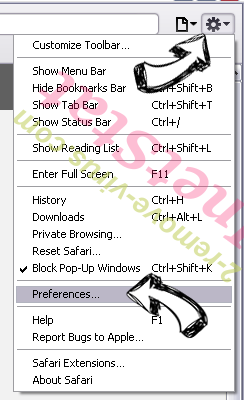
- Go to the Extensions Tab.

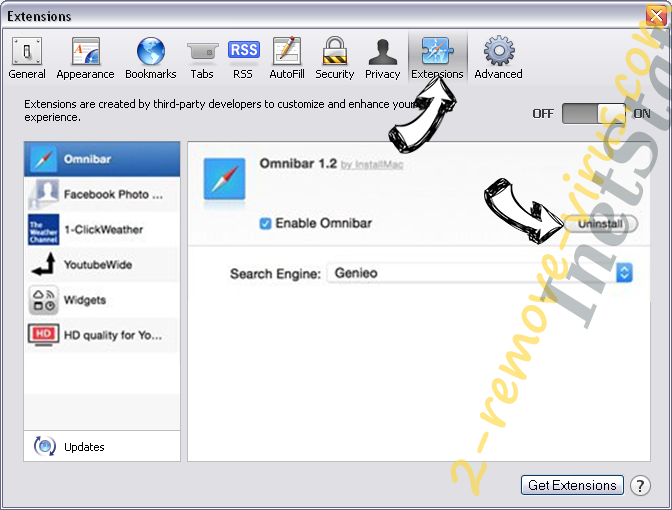
- Tap the Uninstall button next to the undesirable Windows Warning Alert Scam and get rid of all the other unknown entries as well. If you are unsure whether the extension is reliable or not, simply uncheck the Enable box in order to disable it temporarily.
- Restart Safari.
Reset your browser
- Tap the menu icon and choose Reset Safari.

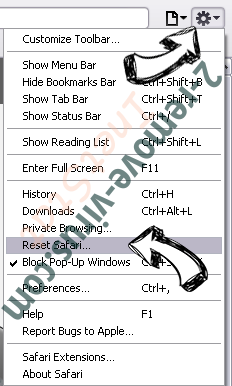
- Pick the options which you want to reset (often all of them are preselected) and press Reset.

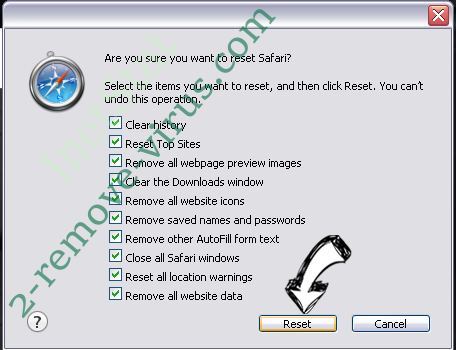
- If you cannot reset the browser, scan your whole PC with an authentic malware removal software.
Site Disclaimer
2-remove-virus.com is not sponsored, owned, affiliated, or linked to malware developers or distributors that are referenced in this article. The article does not promote or endorse any type of malware. We aim at providing useful information that will help computer users to detect and eliminate the unwanted malicious programs from their computers. This can be done manually by following the instructions presented in the article or automatically by implementing the suggested anti-malware tools.
The article is only meant to be used for educational purposes. If you follow the instructions given in the article, you agree to be contracted by the disclaimer. We do not guarantee that the artcile will present you with a solution that removes the malign threats completely. Malware changes constantly, which is why, in some cases, it may be difficult to clean the computer fully by using only the manual removal instructions.
